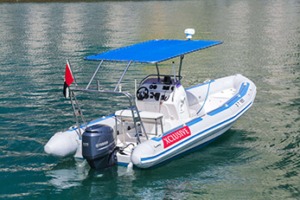Address
Retail Unit 2,
Vida Hotel & Yacht Club, Dubai Marina
Vida Creek Marina Yacht Club – Promenade Level
Building 2, Yas Marina,
Abu Dhabi
PHONE: 04 452 3332
WHATSAPP : 055 106 8173
Accreditations
FTA Approved


This two day course provides all you need to know for self-sufficient power  boating at a basic level. The ratio of students to instructor will be a maximum of 3:1.
boating at a basic level. The ratio of students to instructor will be a maximum of 3:1.
You do not need any experience for this course, but it may be preceded by Power Boat Level 1.
This course covers launching, mooring, anchoring and includes close quarters handling, high speed manoeuvres, man overboard recovery and collision regulations.
Duration – 2 Days
The minimum age for this course is 12.
You will be a self-sufficient power boater in the right conditions; aware of your own limitations and
those of the craft.
Interested in this course? Book Now
Below is a list of the topics for study and practice involved in this course.